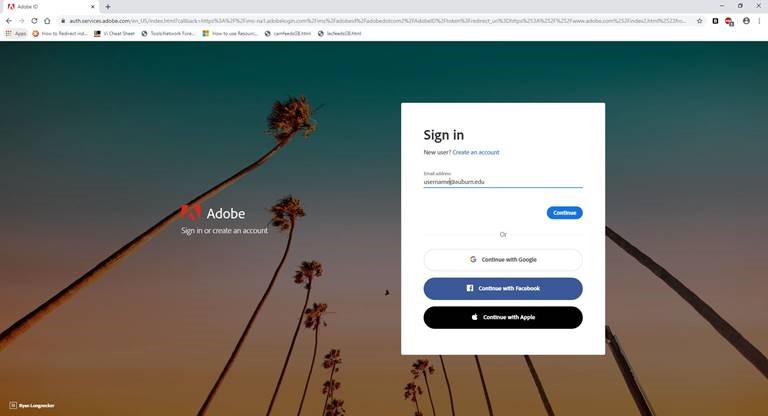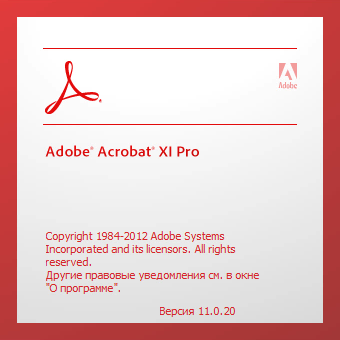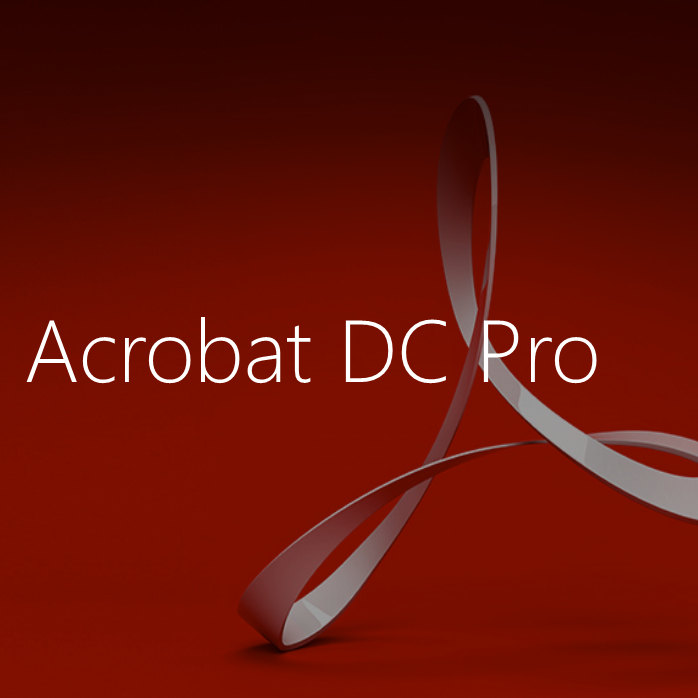
#Adobe acrobat pro log in pdf#
That includes converting documents and images to PDF, creating PDFs from any application that prints, combining multiple documents and file types into a single PDF file, and turning webpages into interactive PDFs with live links. For example, both Standard and Pro enable you to create PDFs. Launch the Adobe Acrobat Pro application Select the button for Sign In Now Select the link for Sign in with an Enterprise ID In the Email Address field. It’s easiest to start with how Acrobat Standard DC and Pro DC are similar because many of the most essential features are available in both versions. Which is why I exclude it from my UEM config. I already use folder redirection for roaming appdata. According to Adobes documentation, the licensing is saved in the users roaming appdata. Just as a catch-all I take the root of the Adobe tree. To see even more options, go to our roundup of the best PDF editors. My UEM config for Acrobat Pro DC for my users is below.

While both versions will get you the desktop software, access to Adobe Document Cloud services for storing and sharing files, and an Adobe Sign subscription to sign and collect legal electronic and digital signatures on any device, there are some differences in features and capabilities that may make one or the other better suited to your needs.


Given the cost of upgrading from Adobe’s free Acrobat Reader, it’s worth familiarizing yourself with the differences between the company’s two paid products for individuals: Adobe Acrobat Standard DC Remove non-product link and Adobe Acrobat Pro DC (which cost $12.99 a month and $14.99 a month, respectively, with an annual commitment). Adobe Acrobat remains the gold standard for PDF editors-as well as the most expensive.


 0 kommentar(er)
0 kommentar(er)
